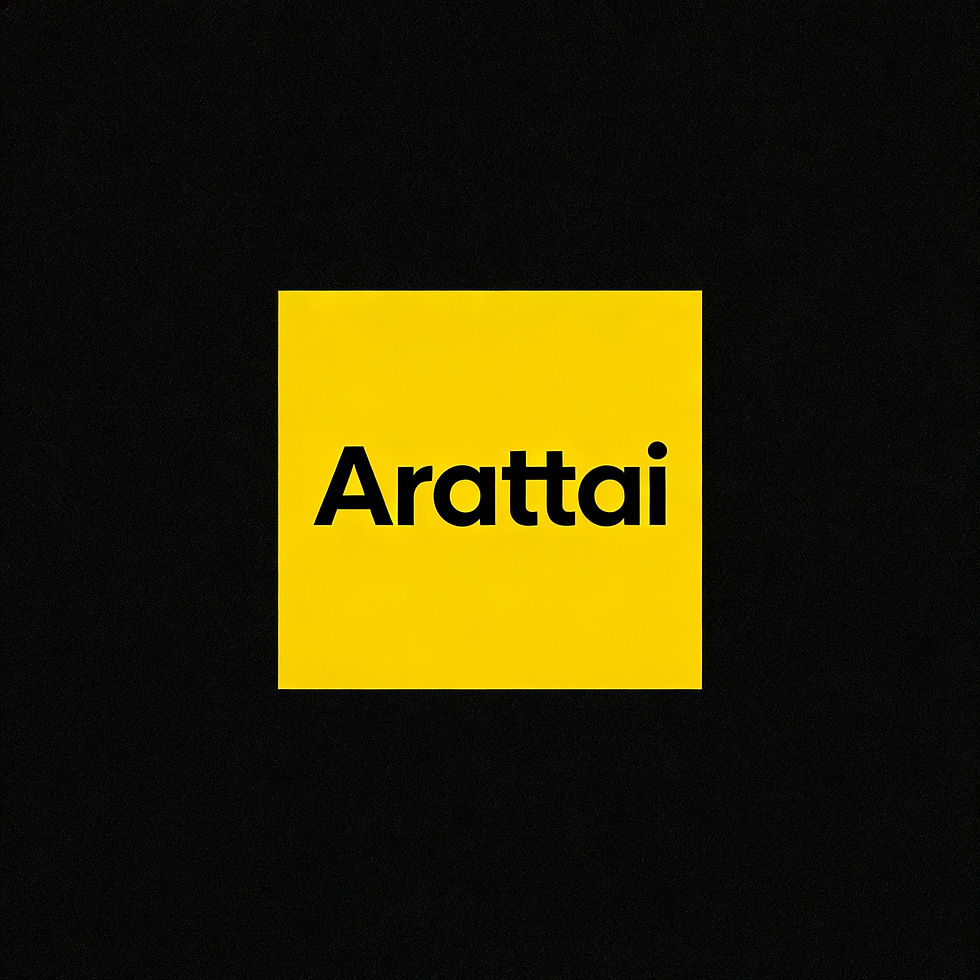A Designer’s Guide to Choosing Between QuarkXPress and InDesign
- Elite Typesetting Team
- Aug 12
- 4 min read
When it comes to graphic design and publishing, QuarkXPress and Adobe InDesign are two of the most popular software options available today. Each of these tools offers unique features that cater to different user preferences and project requirements. In this guide, we will help you navigate the essential aspects of both platforms so that you can make an informed decision based on your specific design needs.
Design Tool Comparisons: Overview
QuarkXPress has been a staple in the design industry since its inception in 1987. Designed primarily for layout and typesetting, it has evolved significantly over the years while retaining its core strengths. Meanwhile, Adobe InDesign has earned its reputation as a versatile publishing tool, well-integrated with other Adobe Creative Cloud apps, making it a preferred choice for many designers.
Both tools have their dedicated user bases, and choosing one over the other can be a pivotal decision in your design career or business. Keep reading as we delve deeper into their functionalities, usability, and pricing structures.

Features and Functionality
QuarkXPress Features
QuarkXPress is known for its robust typesetting capabilities. With a user-friendly interface, it allows designers to create layouts for print and digital mediums effectively. Some key features of QuarkXPress include:
Advanced Typography: It boasts powerful typesetting tools that allow for precise control of text, font styles, and formatting.
Responsive Layouts: QuarkXPress supports adaptive design, making it easy to design layouts for various screen sizes.
Image Editor: The built-in image editor simplifies editing within the application, reducing the need for external software.
InDesign Features
Adobe InDesign, on the other hand, is renowned for its comprehensive integration with Adobe's ecosystem. This seamless connectivity provides added functionality and convenience. Some standout features include:
Collaboration Tools: InDesign enables real-time collaboration using Adobe Creative Cloud, allowing multiple users to work on a project simultaneously.
Interactive PDFs: The program excels in creating engaging PDFs with interactive elements such as buttons and links.
Integration with Adobe Fonts: Designers can access thousands of fonts within the Adobe library, enriching creative possibilities.

Usability and Learning Curve
When comparing usability, personal preference and familiarity play significant roles.
QuarkXPress Usability
QuarkXPress features a classic interface that some users find intuitive. However, those who are not familiar with the software might encounter a steeper learning curve. Advanced features, while powerful, can complicate the user experience for beginners. For example, the way text boxes and layers are managed might differ from InDesign, requiring some adjustment.
InDesign Usability
On the contrary, InDesign is often praised for its accessible interface. The software provides various tutorials and documentation that make onboarding easier. Adobe has invested heavily in ensuring that both novice and experienced designers can navigate the program effortlessly. For instance, the layout of tools and panels closely resembles other Creative Cloud applications, making it easier for users transitioning from Photoshop or Illustrator.
Pricing Structure
Pricing can significantly influence your decision when choosing between these two design tools.
QuarkXPress Pricing
QuarkXPress comes with a one-time purchase price of approximately $249 for a single-user license. This price includes one year of free updates. However, additional fees may apply for technical support. QuarkXPress's licensing model can be more budget-friendly in the long run compared to subscription models.
InDesign Pricing
Adobe InDesign operates on a subscription basis, costing around $20.99 per month for an individual plan. This subscription includes regular updates and access to Adobe Creative Cloud services. The monthly fee provides continuous upgrades but can accumulate over time.

Performance and Compatibility
QuarkXPress Performance
QuarkXPress is known for its fast performance, especially in managing large documents. Users often report that it handles complex layouts and high-resolution images without lagging. Additionally, QuarkXPress is available on both Windows and macOS platforms, allowing users flexibility regardless of their operating system.
InDesign Performance
InDesign, however, can suffer from performance issues when handling extremely large files, particularly those with intricate graphic elements. Despite this, Adobe frequently releases updates aimed at optimizing the software's performance. Its broad compatibility with other Adobe products can streamline the design workflow, especially for users who frequently switch between applications.
Which Design Tool Should You Choose?
In conclusion, the choice between QuarkXPress and InDesign ultimately depends on your specific design needs and workflow preferences. If you prioritize advanced typesetting features and prefer a one-time licensing fee, QuarkXPress may be the better option for you. On the other hand, if you value collaboration tools, interactive design capabilities, and integration with other Adobe products, InDesign might be worth the subscription cost.
Both tools are designed to empower you to bring your creative visions to life, so it is crucial to evaluate how each platform aligns with your project goals. If you want to see a more in-depth analysis, consider exploring the quarkxpress vs indesign discussion that highlights user perspectives and case studies.
Making an Informed Choice
As both QuarkXPress and InDesign continue to evolve, staying updated with the latest features offers an advantage in your design career. Consider exploring free trials and attending user webinars to better understand each program's handling of various projects.
Involving your team in the decision-making process might also help ensure that everyone is on board with the choice of tools. Ultimately, investing in the right design software can significantly enhance your productivity and quality of work.
Remember, choosing a design tool is not just about software; it's about aligning your creative processes and business objectives with the capabilities offered. Make sure you weigh your options carefully to ensure you are well-equipped for your next project.




Comments